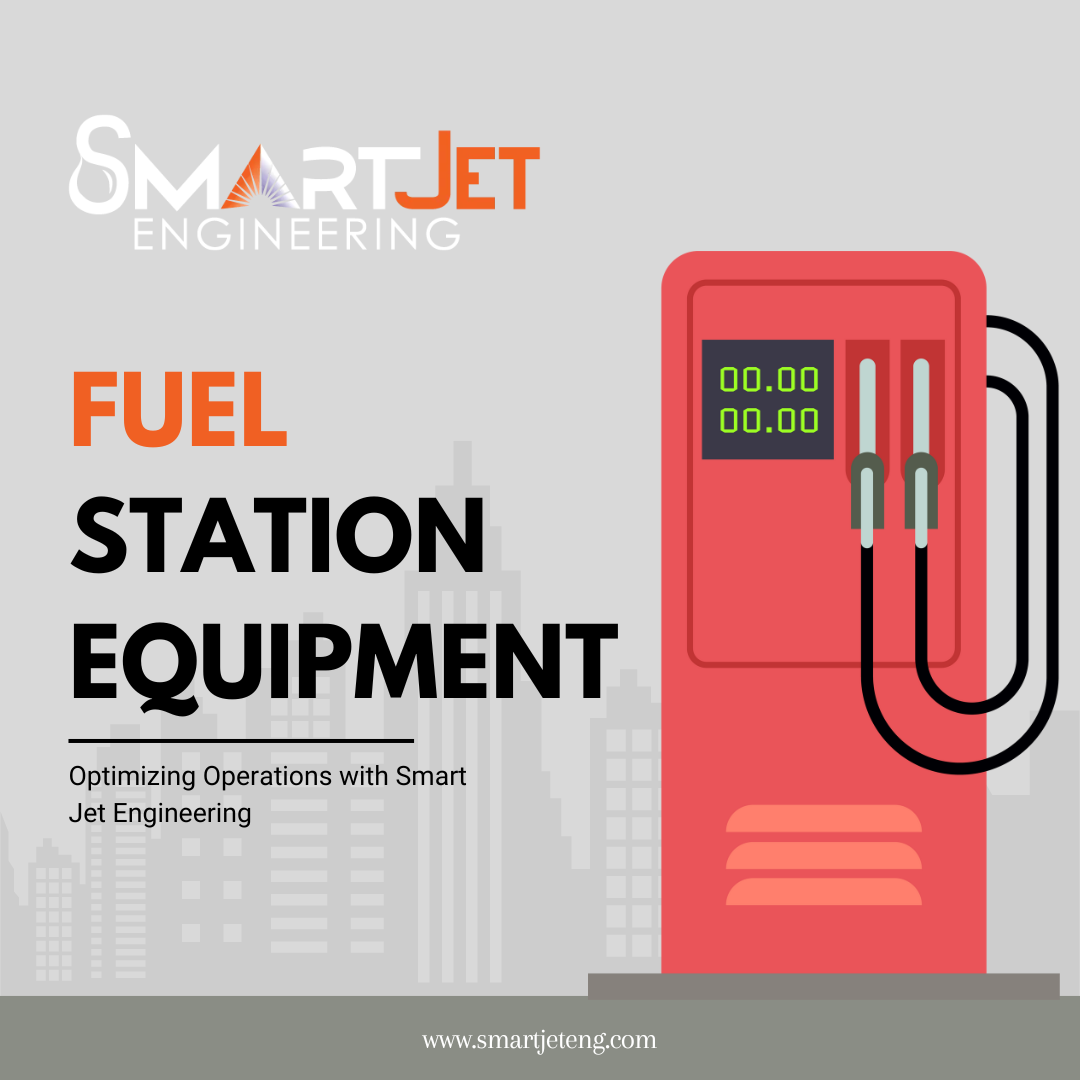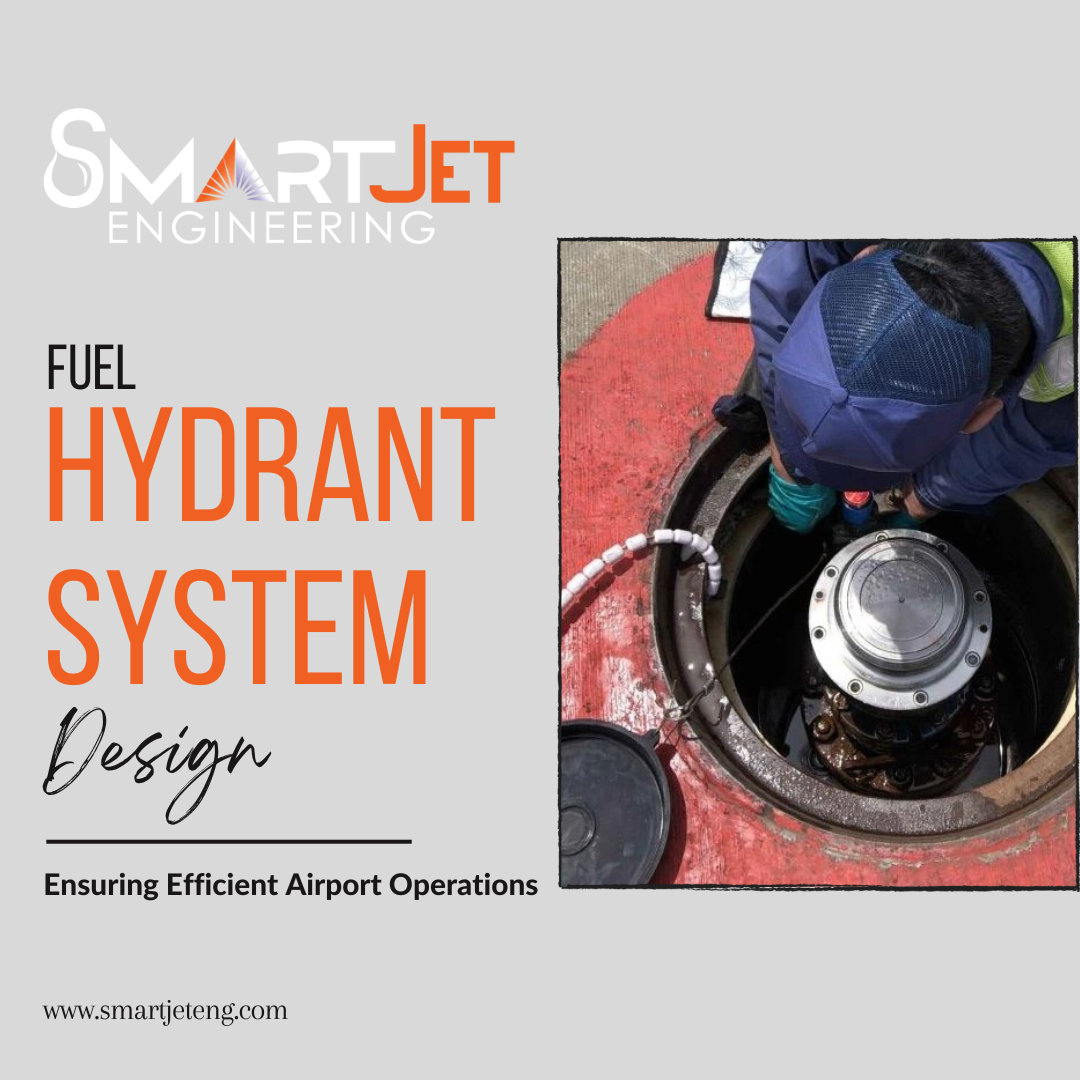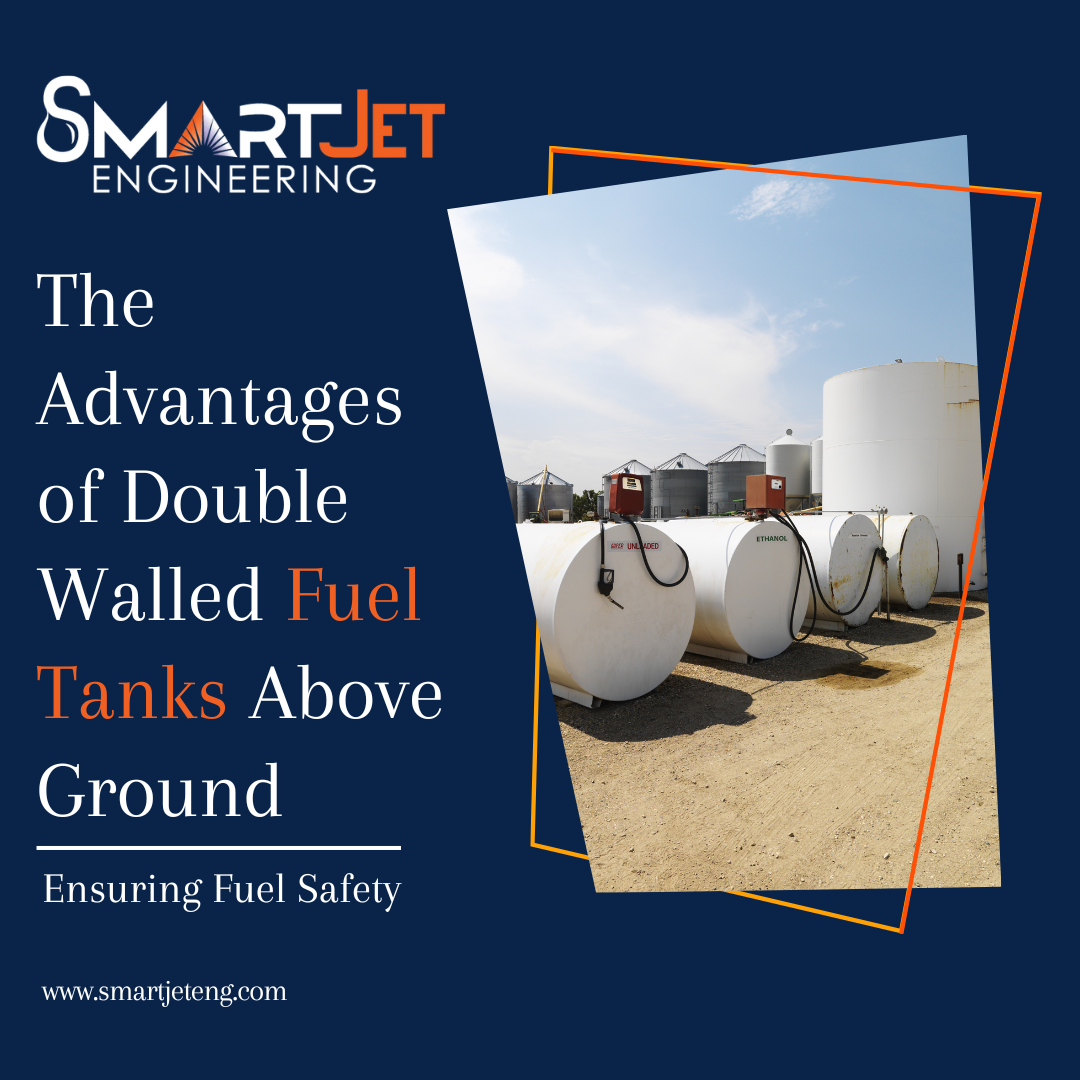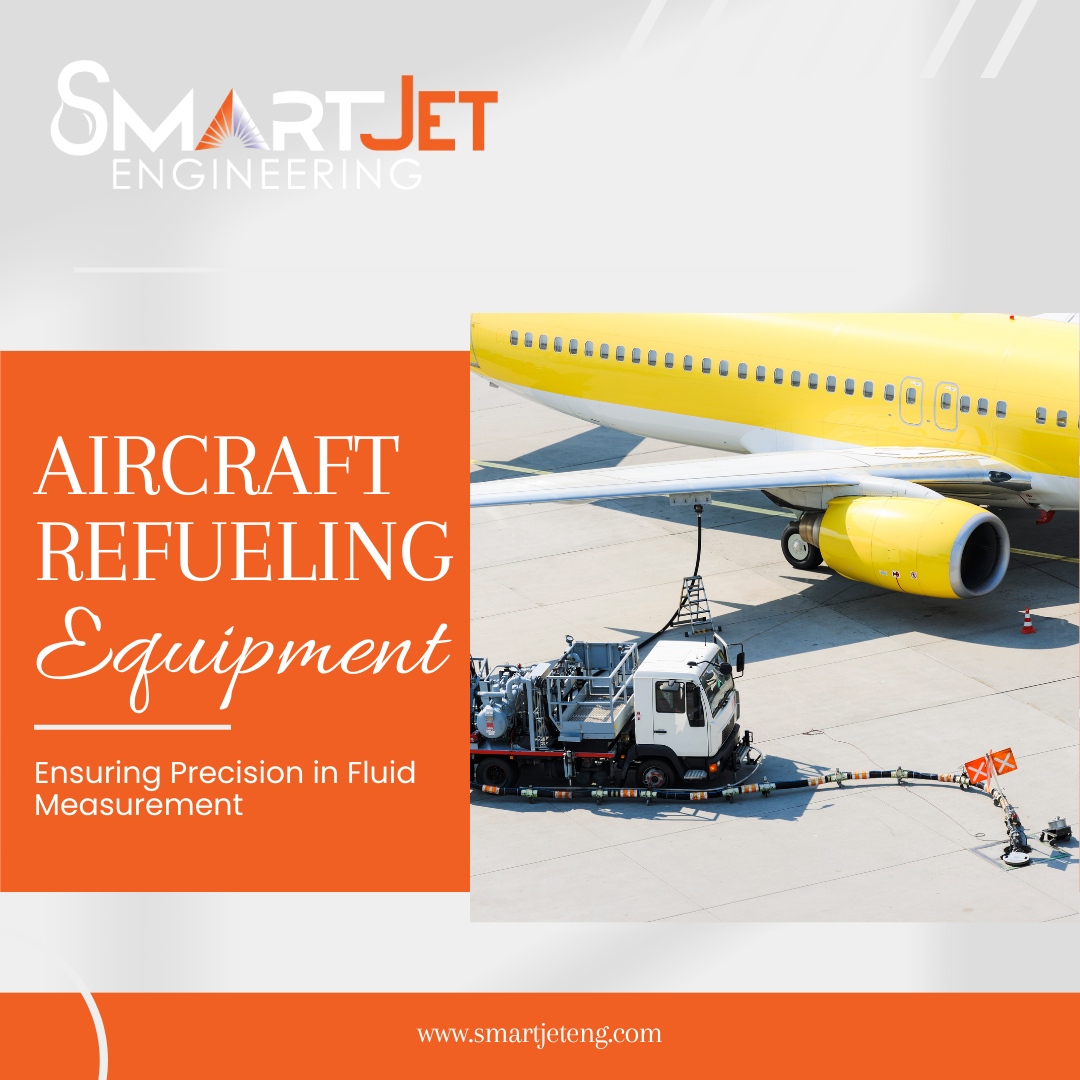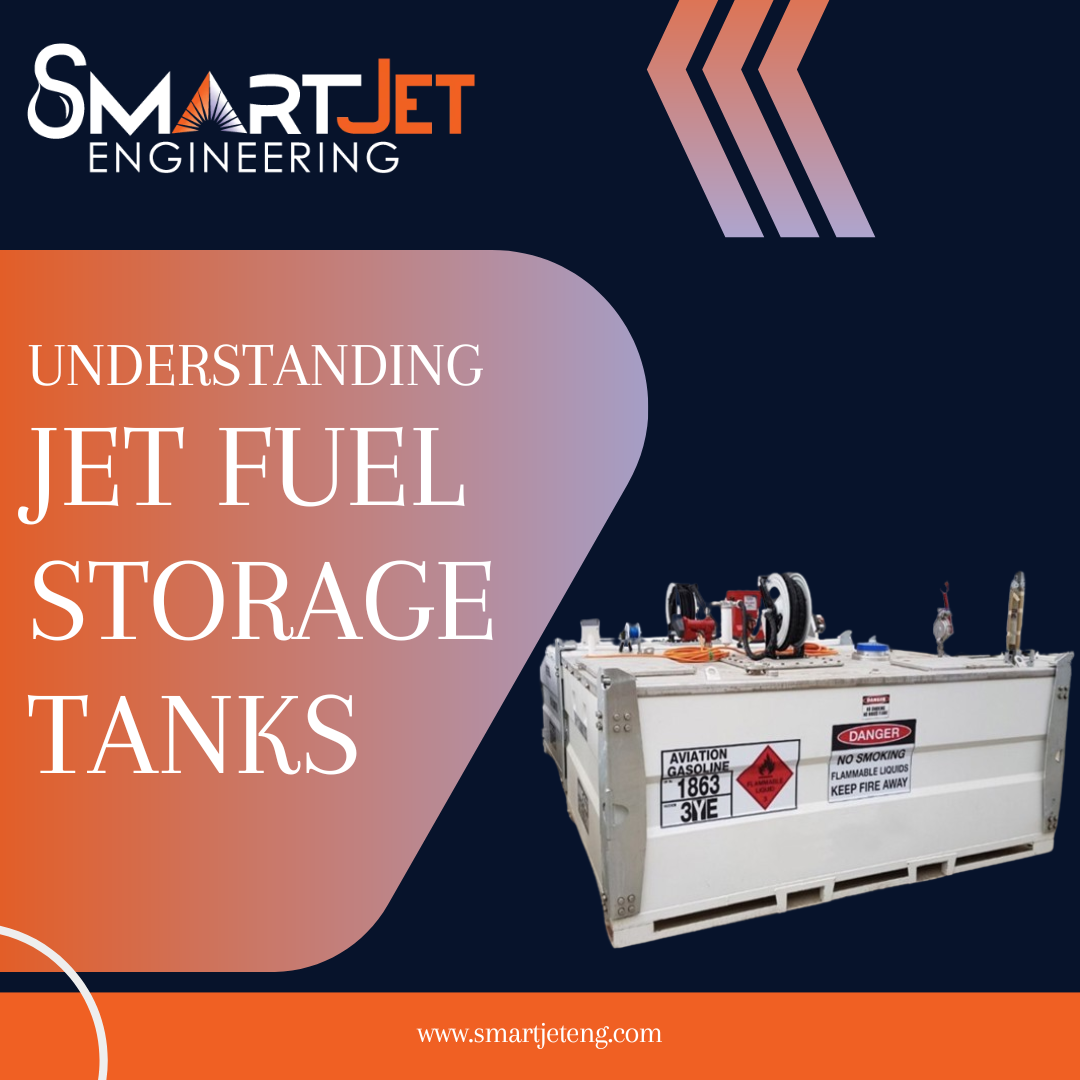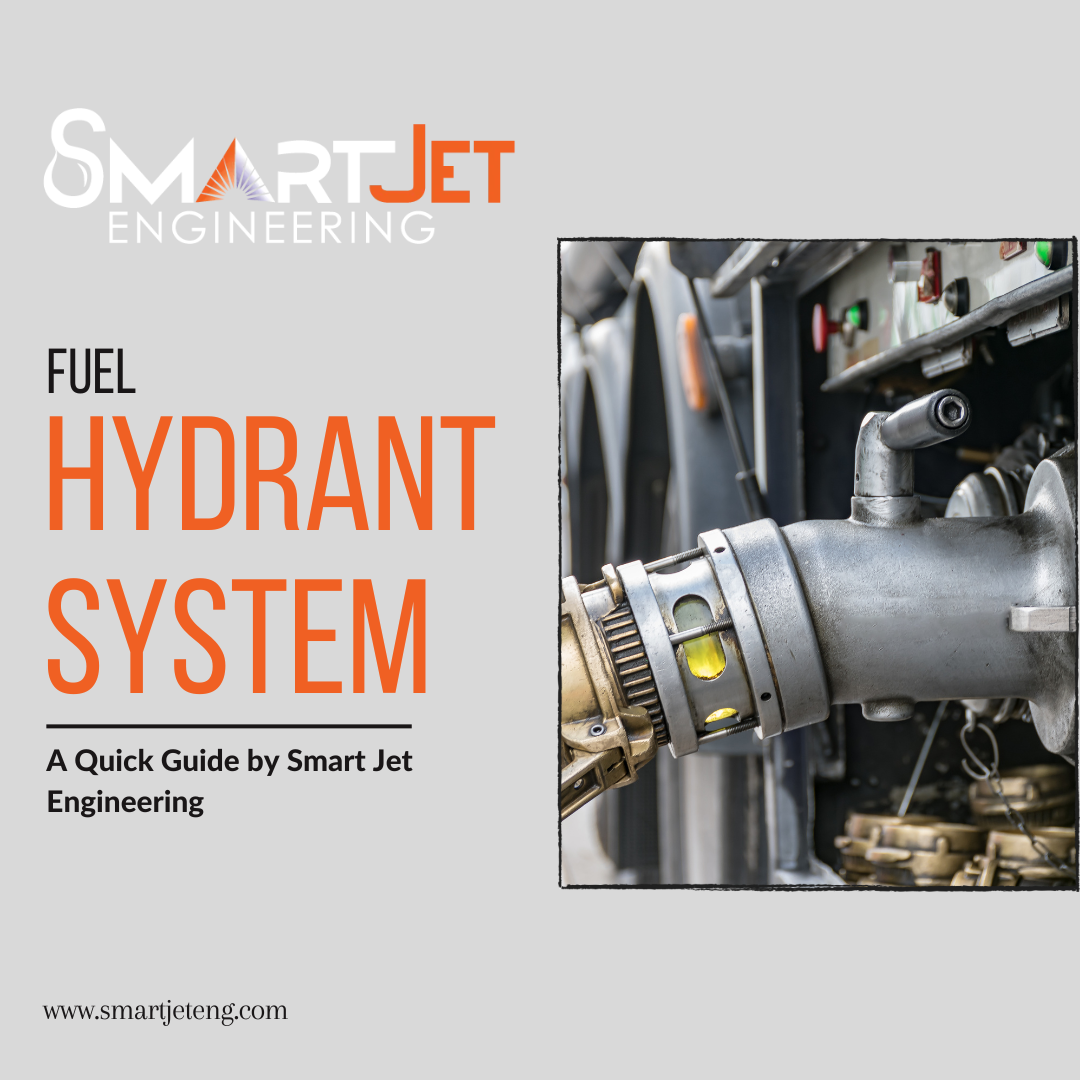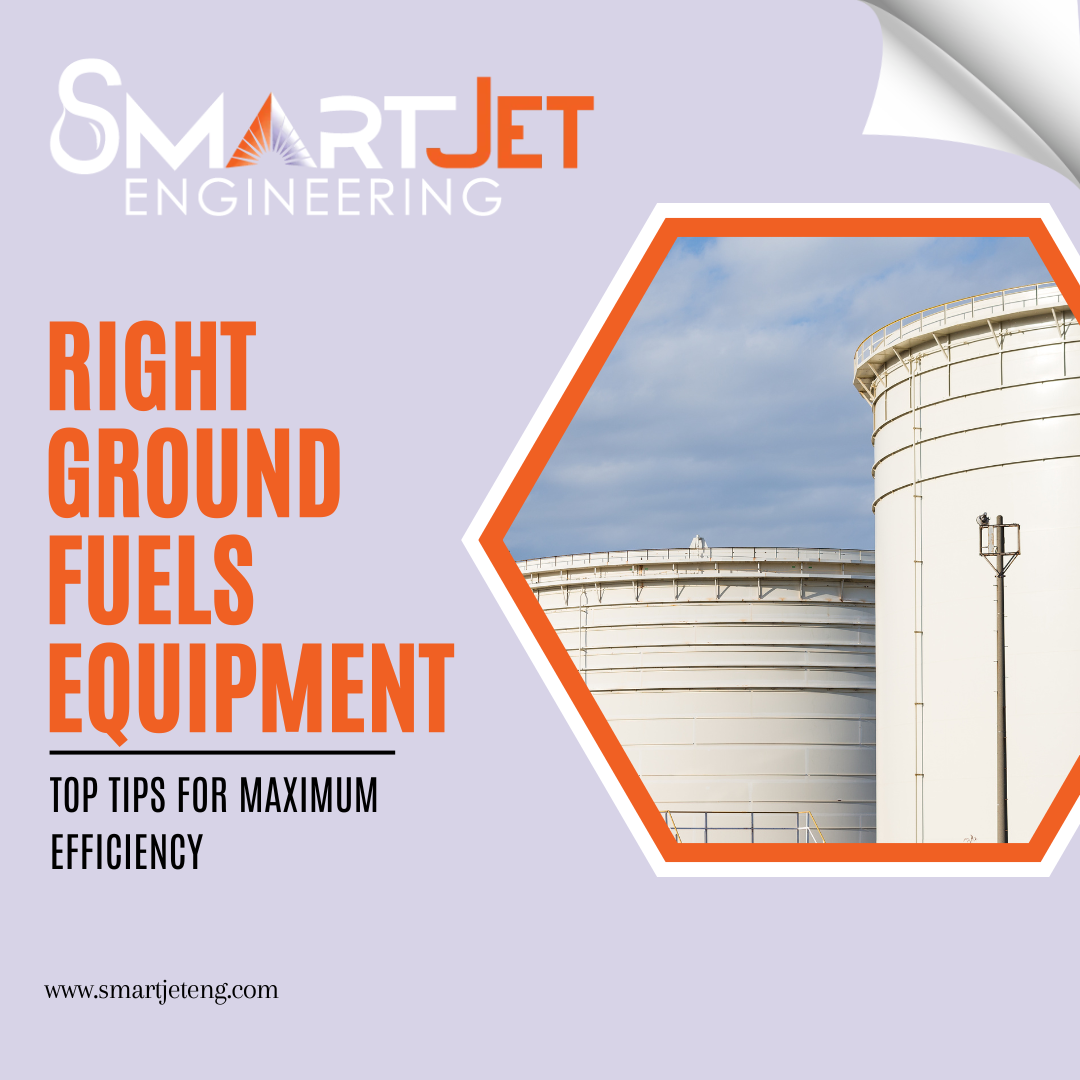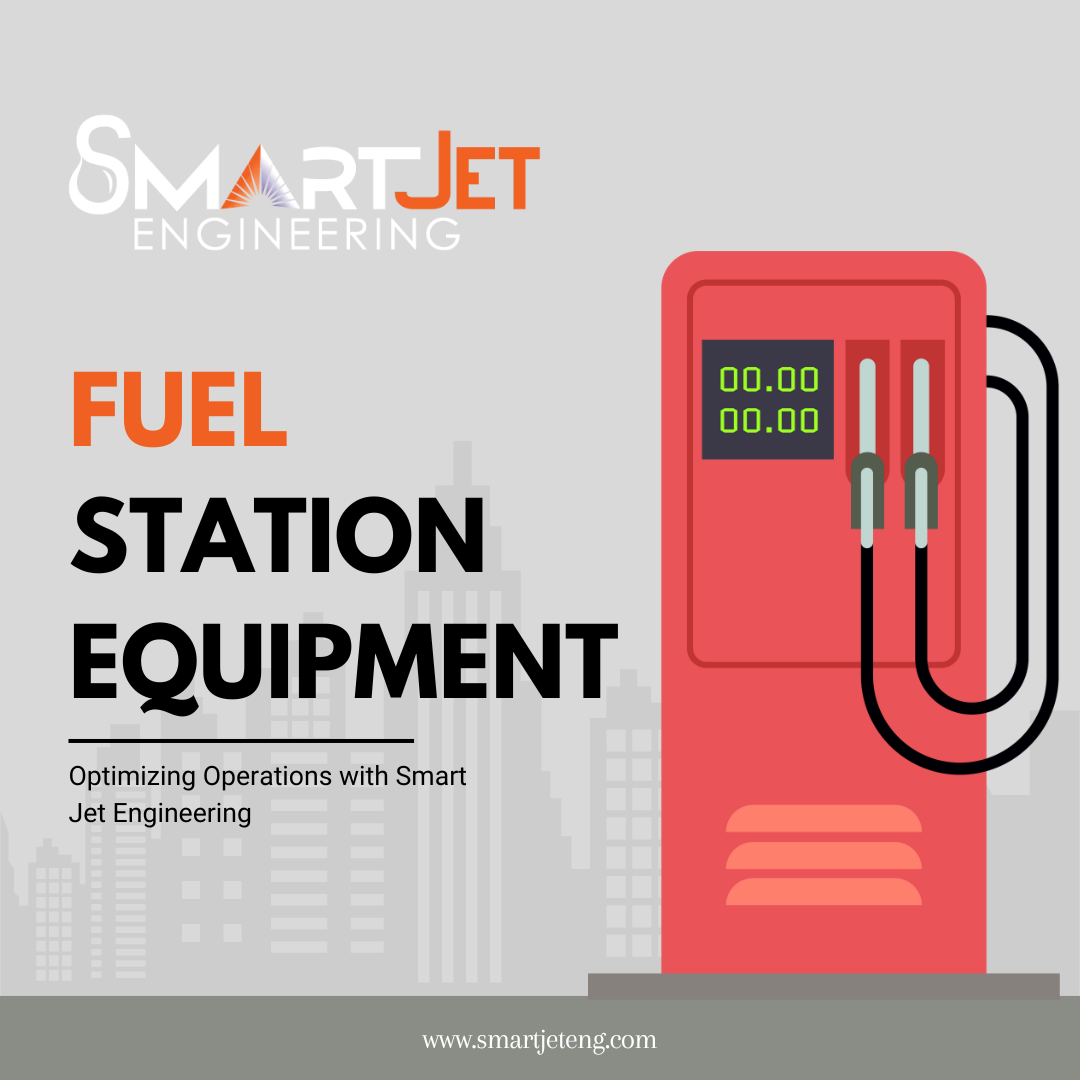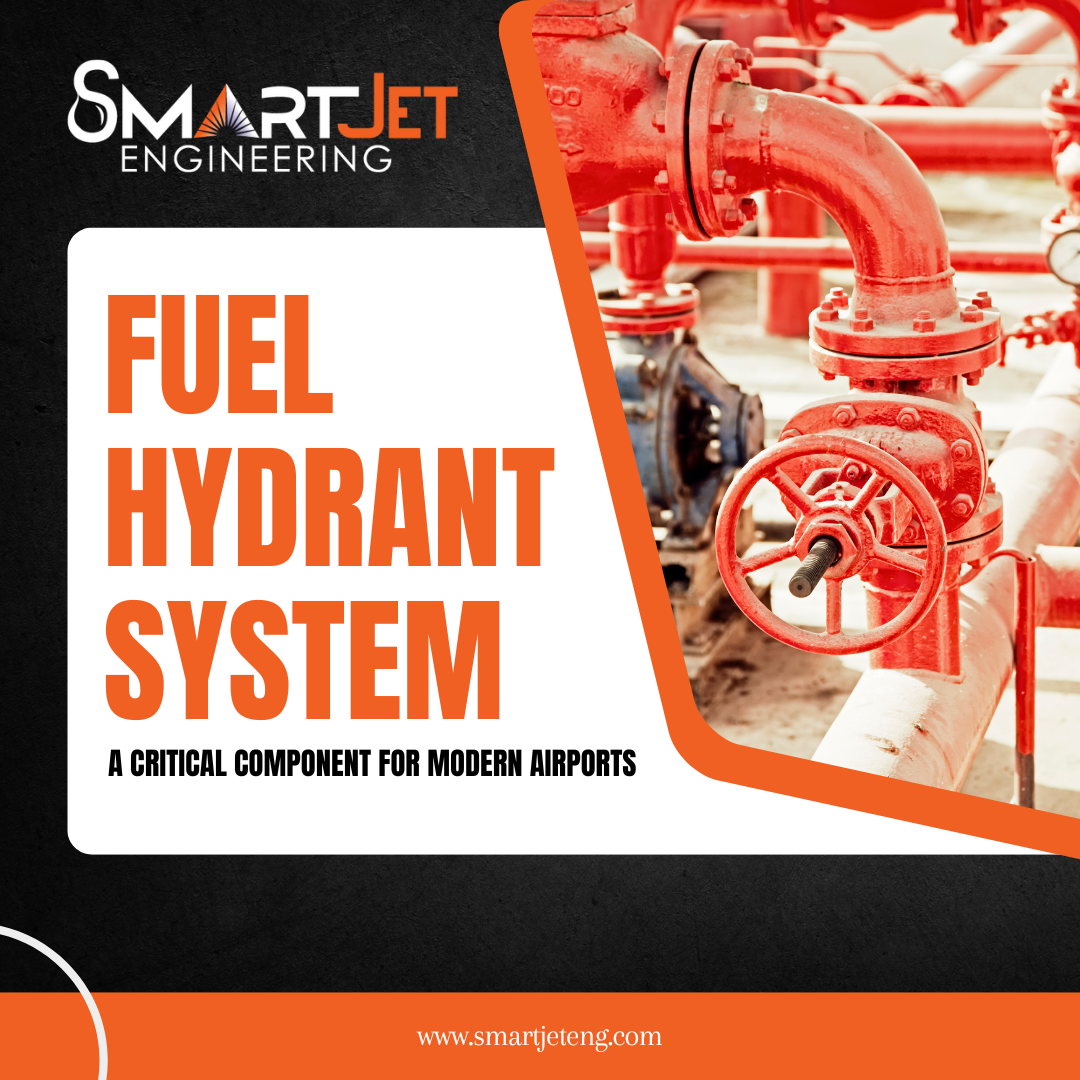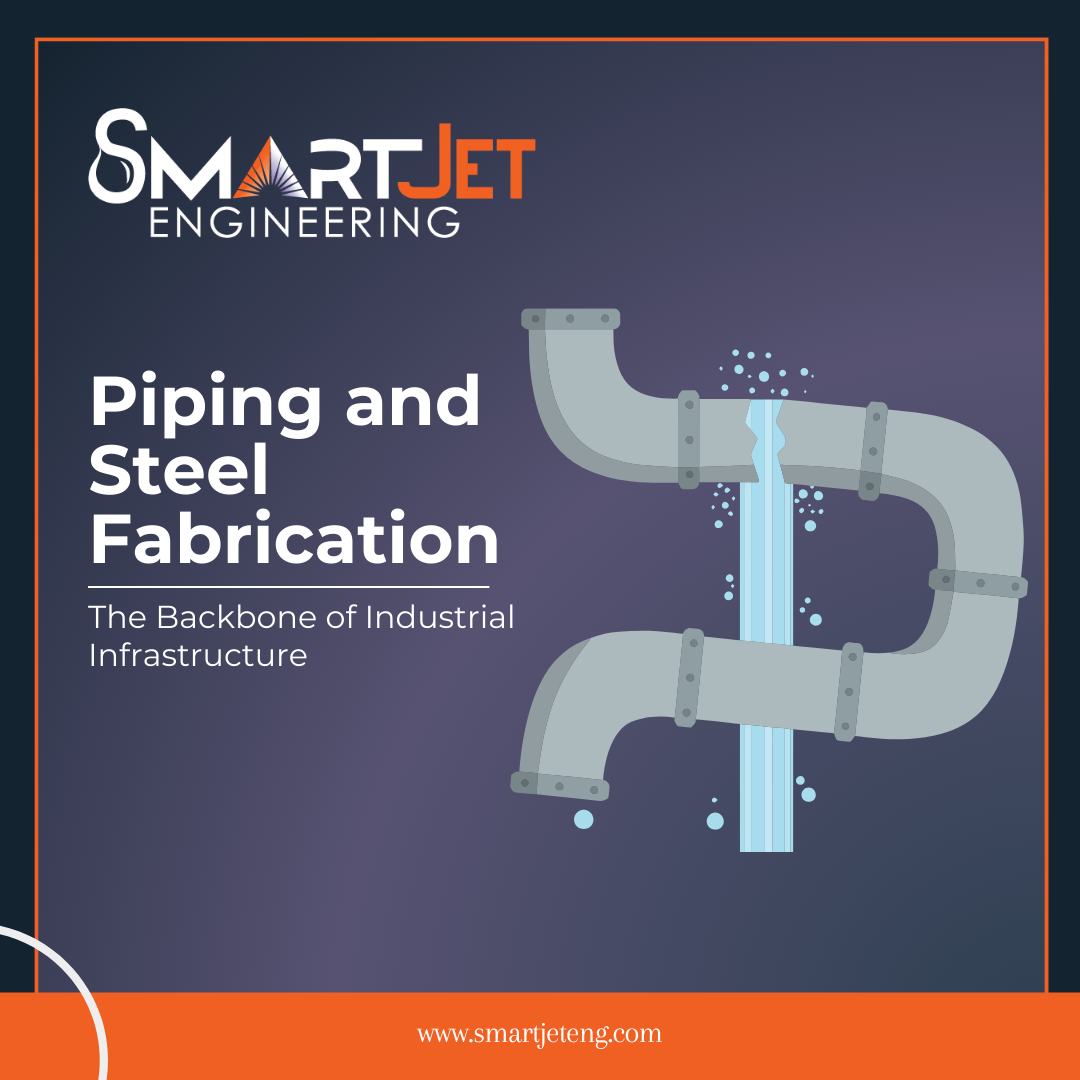Installing a Fuel Storage Tank
By - Admin

Common Mistakes to Avoid When Installing a Fuel Storage Tank
Introduction
Fuel storage tanks play a critical role in various industries, from energy to transportation. Proper installation is key to ensuring efficiency, safety, and regulatory compliance. Mistakes during installation can lead to costly repairs, environmental hazards, and operational inefficiencies. This guide outlines common errors and how to avoid them.
Understanding Fuel Storage Tanks: Types and Applications
Aboveground vs. Underground Tanks
Fuel storage tanks are primarily categorized as aboveground or underground. Aboveground tanks are easier to install and inspect but are more vulnerable to environmental elements. Underground tanks, while discreet and space-saving, require meticulous installation to prevent leaks and contamination.
Primary Uses in Industries
Industries like aviation, agriculture, and energy heavily depend on fuel storage tanks for their operations. Understanding your specific needs is essential when choosing the right tank type and size.
Regulatory Compliance and Safety Standards
Environmental Regulations
Compliance with environmental standards is non-negotiable. Improper installation can result in soil and water contamination, leading to hefty fines and legal issues.
Fire Safety Requirements
Fuel storage tanks must adhere to fire safety codes. This includes maintaining proper distances from buildings and equipping tanks with fire suppression systems.
Mistake #1: Neglecting Site Preparation
Soil Testing and Site Assessment
Skipping soil testing can lead to tank instability. Assessing the site ensures the ground can support the tank's weight and resists shifting.
Ignoring Proper Drainage Systems
A lack of drainage can cause water pooling, which leads to corrosion and structural issues. Ensure proper grading to prevent such problems.
Mistake #2: Choosing the Wrong Tank Material
Compatibility with Stored Fuels
Not all materials are suitable for every type of fuel. For instance, ethanol blends require specific coatings to prevent degradation.
Longevity and Corrosion Resistance
Selecting materials resistant to corrosion extends the tank's lifespan, reducing maintenance costs
FAQs
Q.1 What permits are required for installing a fuel storage tank?
Permits vary based on location but generally include environmental, fire safety, and building permits. Consult local authorities for specifics.
Q.2 How do I choose the right tank size for my needs?
Evaluate your fuel consumption patterns and future needs. Oversized tanks can lead to wasted resources, while undersized tanks may cause operational inefficiencies.
Q.3 What materials are best for underground storage tanks?
Materials like fiberglass and double-walled steel are preferred for their durability and resistance to corrosion.
Q.4 What are the common signs of a faulty installation?
Leaks, uneven tank placement, and inconsistent fuel delivery are red flags indicating potential installation errors.
Q.5 How often should I inspect my fuel storage tank?
Regular inspections, at least annually, are essential. High-use tanks may require more frequent checks.
Q.6 What are the key safety features to include in a tank setup?
Essential features include overfill prevention valves, leak detection systems, and fire-resistant coatings.
Conclusion
Proper fuel storage tank installation is crucial for operational success and environmental safety. By understanding and avoiding common mistakes, you ensure compliance, reduce risks, and maximize the tank’s lifespan.
Related Blogs
Search
Popular Posts
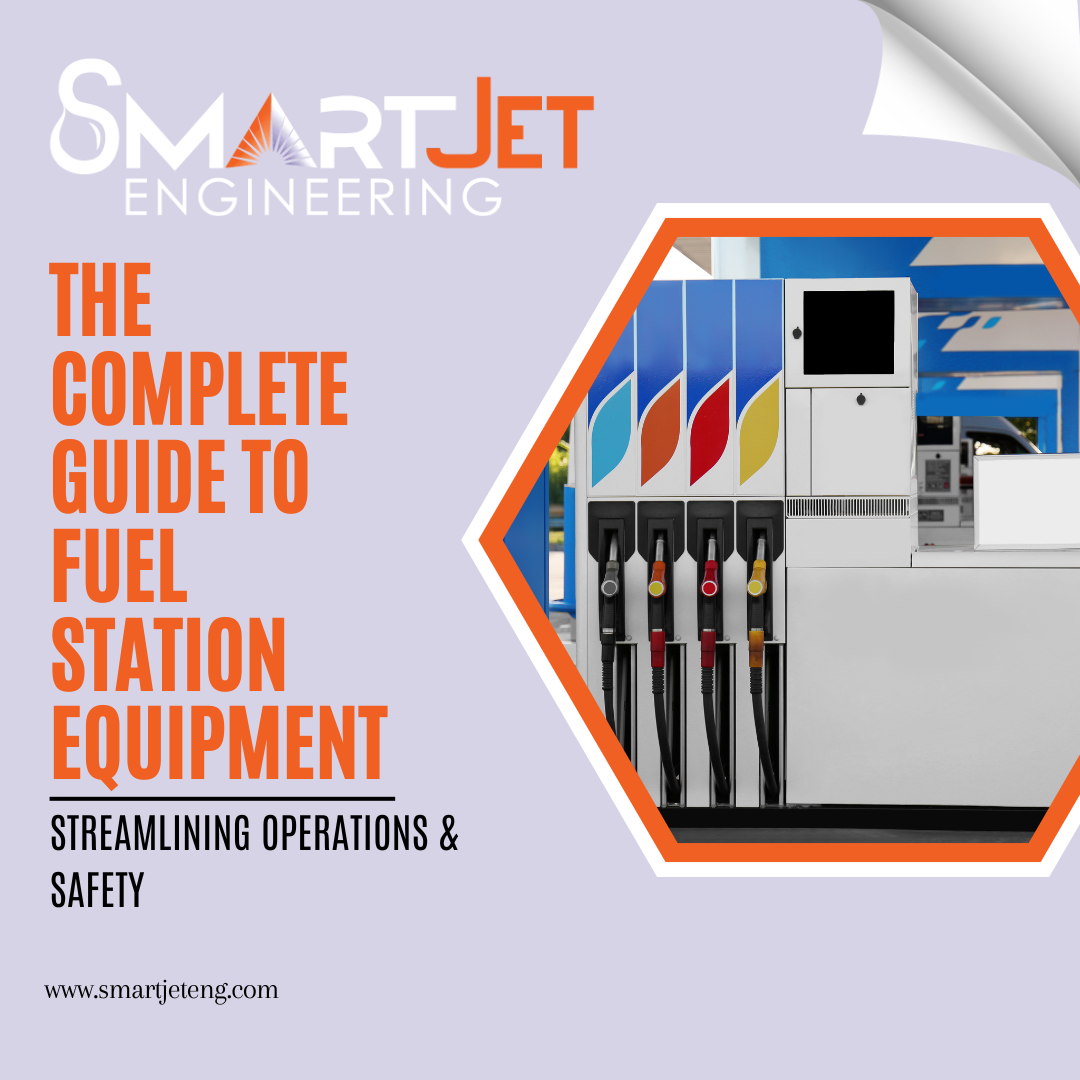
Complete Guide to Fuel Station Equipment
November 22, 2024

Installing a Fuel Storage Tank
November 22, 2024
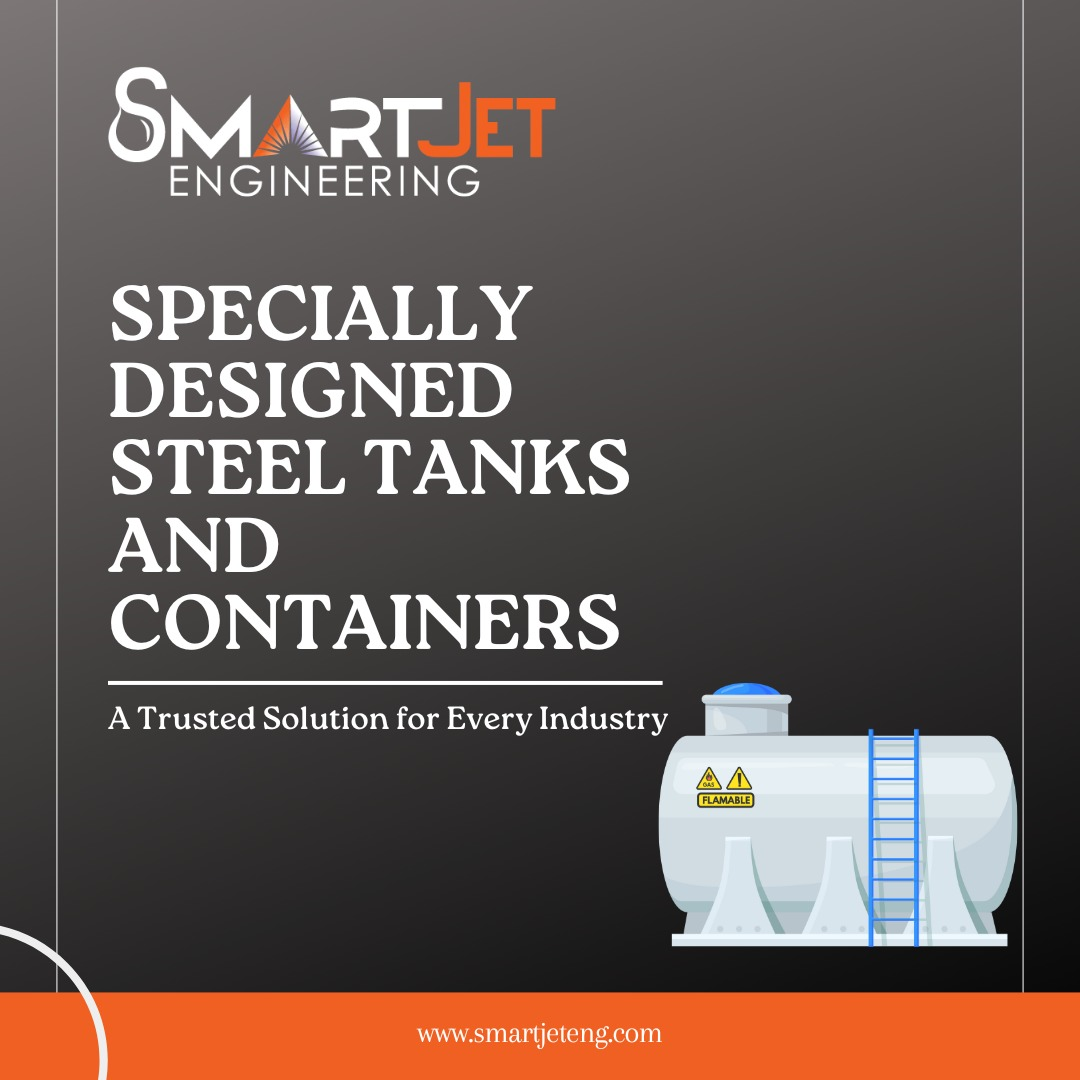
Specially Designed Steel Tanks and Containers
November 19, 2024

Quality Control of Plant Fabrication and Construction
November 19, 2024

Pumps for General Applications
November 16, 2024









